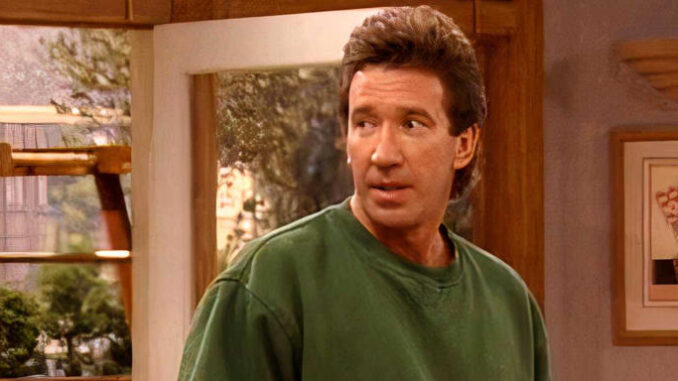
The Tool Time Reunion: How Tim Allen's Return is Reshaping the Future of Beloved TV Shows
Tim Allen. The name evokes images of roaring power tools, mischievous grins, and the comforting chaos of suburban life. For many, he's the embodiment of 90s television, anchoring the wildly successful sitcom "Home Improvement." The show's recent reunion, albeit across different platforms and formats, with Allen reprising his roles in both "Last Man Standing" and the new Disney+ series "The Santa Clauses," provides a compelling case study in how beloved TV show reunions are transforming the landscape of entertainment, leveraging nostalgia, embracing change, and ultimately redefining what it means to revisit cherished narratives.
The most obvious impact of these reunions is the undeniable power of nostalgia. In a media landscape saturated with content, the comfort of familiar faces and storylines offers a refuge for audiences craving connection and escapism. "Home Improvement" was more than just a sitcom; it was a cultural touchstone, capturing the essence of family life, the thrill of DIY projects gone wrong, and the timeless struggle of balancing work and home. By bringing Allen back as Mike Baxter in "Last Man Standing" and now as Santa Claus in "The Santa Clauses," networks are tapping into the reservoir of positive memories associated with his iconic roles. These shows act as a comforting reminder of simpler times, offering a welcome distraction from the anxieties of the present. This calculated nostalgia-bait is proving to be a potent draw, injecting life back into franchises that might otherwise fade into the annals of television history.
However, the success of these reunions doesn't solely rely on blind devotion to the past. A crucial element is the willingness to adapt and evolve. "The Santa Clauses" is a prime example. While Allen reprises his role, the show isn't simply a rehash of the original films. It addresses contemporary issues like the dwindling belief in Santa Claus and explores the complexities of succession planning. The humor is updated, reflecting modern sensibilities while retaining the heartwarming core of the original. This delicate balance between honoring the past and embracing the present is critical. Reunions that rigidly adhere to past formulas risk feeling stale and out of touch, while those that stray too far risk alienating the very audience they aim to recapture. Tim Allen's return is successful because it acknowledges the passage of time, allowing characters to grow and storylines to mature, while still retaining the essence that made them so beloved in the first place.
Furthermore, these reunions are impacting the very platform on which television is consumed. The shift to streaming services like Disney+ has provided unprecedented opportunities for resurrecting and expanding beloved franchises. Unlike the constraints of traditional network television, streaming platforms offer the flexibility to experiment with different formats, episode lengths, and narrative structures. "The Santa Clauses" benefits from this freedom, allowing for a serialized storyline that delves deeper into the mythology and character development. This adaptability is crucial for attracting younger audiences who are accustomed to binge-watching and engaging with content on their own terms. The platform itself becomes a character, influencing the narrative possibilities and shaping the overall viewing experience.
Finally, the Tim Allen reunion phenomenon highlights the increasing importance of star power and creative control in the modern television industry. Allen's involvement in both "Last Man Standing" and "The Santa Clauses" goes beyond simply reprising his roles. He serves as an executive producer, actively shaping the direction of the shows and ensuring that they remain true to his vision. This level of creative control is becoming increasingly common, as actors and creators recognize the value of their own brand and the potential to influence the narrative in a meaningful way. This empowers them to protect the legacy of their characters and ensure that reunions are treated with the respect and care they deserve.
In conclusion, the Tim Allen reunion is more than just a fleeting moment of nostalgic indulgence. It's a powerful indicator of the evolving landscape of television, driven by the allure of familiar faces, the necessity of adaptation, the freedom of streaming platforms, and the growing influence of star power. By carefully balancing nostalgia with innovation, creators are finding new and exciting ways to revisit beloved narratives and connect with audiences across generations. As we continue to see more and more reunions grace our screens, the lessons learned from the "Home Improvement" star's return will undoubtedly shape the future of beloved TV shows, ensuring that cherished characters and stories continue to resonate for years to come.
